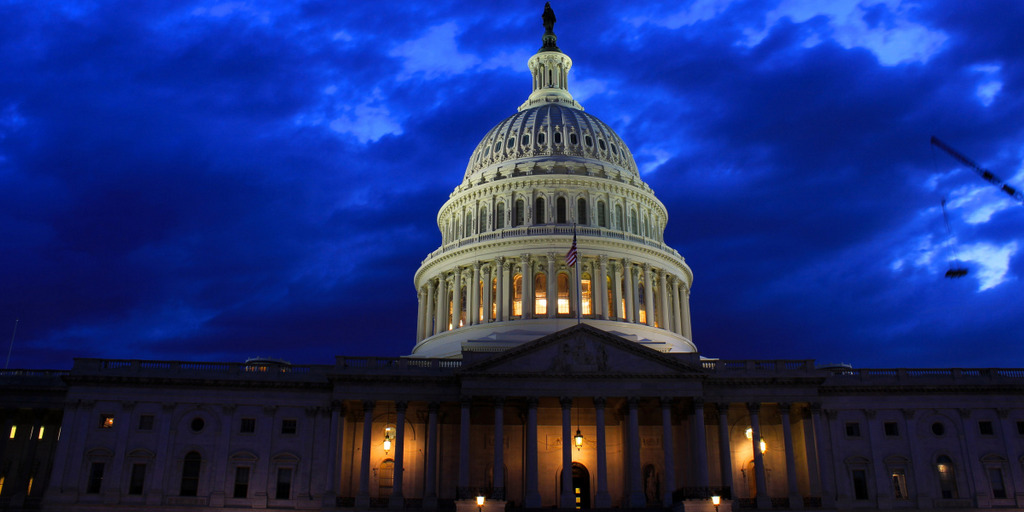When President-elect Donald Trump takes the oath of office in January 2017, the Democratic Party will officially find themselves in the political wilderness. Stripped of the White House and unable to capture a majority in either the House of Representatives or the Senate, the party of Kennedy, Clinton and Obama will have to figure out not just how to survive, but to thrive without any control over the levers of power in Washington.
There are certain political realities that one has to accept. First, Democrats will not have an opportunity to reclaim the White House until 2020, so the Trump administration will set the agenda unless Democrats can make significant gains in the 2018 congressional elections.
Second, Republicans in the House of Representatives will dictate the priorities, pace and passage of legislation. A simple majority prevails in that chamber, so there is nothing House Democrats can do to stop them.
Third, the 51 seats controlled by Republicans in the 100-seat Senate means that all committee chairmen and the floor schedule will be determined by Majority Leader Mitch McConnell.
So with two years until the mid-term elections, can the Democrats do anything to thwart the Republican agenda? Their only hope is in the Senate, where Democrats hold just enough seats to give them a fighting chance.



